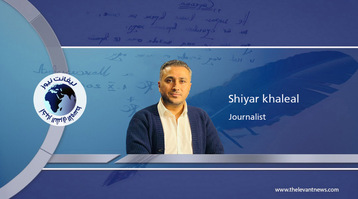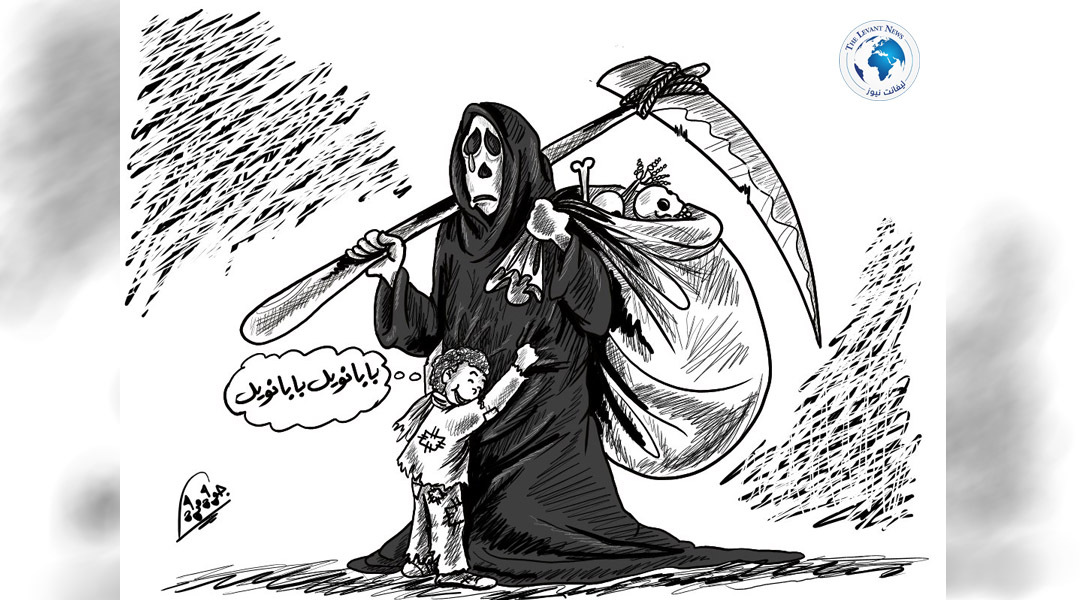-
Systems of Arab Media: Between the Heritage of the Twentieth Century and the Revolution of the Twenty-First Century

From the 1950s until the mid-1980s, the Arab media landscape was primarily based on two main systems: the Egyptian and Lebanese, both of which represented influential schools shaping Arab awareness, newsmaking, and analysis. However, political and technological transformations, along with changes in sources of funding, paved the way for a third system emerging in the Gulf states, led by Saudi Arabia, which became the most influential across Arab countries and globally.
In Egypt, print media—such as Al-Ahram, Akhbar Al-Yawm, and Al-Gomhuria—were strongholds of Arab journalism in the 1950s and 1960s, graduating generations of writers and editors and attracting prominent thinkers. Cairo Radio was the unified Arab voice, especially during Nasser’s era, playing a pivotal role in spreading Arab nationalism rhetoric. After 1952, with the state taking control of the media, the discourse became more slogan-driven and politically charged, at the expense of diversity and neutrality. Over time, Egyptian press lost some of its shine compared to foreign Arabic-speaking platforms like BBC Arabic, Voice of America, and Monte Carlo Radio. With the dawn of the new millennium, many traditional newspapers struggled to keep pace with digital transformation, despite the continued prominence of Al-Ahram and Al-Masry Al-Youm.
Lebanon in the 1960s and 1970s was the hub of free media, with prominent newspapers like An-Nahar and As-Safir serving as intellectual and political platforms for leading Arab journalists and writers, alongside magazines such as Al-Hawadith and Al-Mustaqbal, as well as private radio stations and TV channels that gathered diverse perspectives. This diversity made Beirut a refuge for opposition groups from various Arab countries. Yet, media freedom was not absolute; external funding and Syrian influence in later years affected the independence of discourse. Political and economic crises in the last two decades diminished the influence of Lebanese print journalism regionally, despite attempts by outlets like An-Nahar and Al-Akhbar to adapt to digital media.
From the late 1970s and early 1980s, a new media system began to take shape in the Gulf, benefitting from substantial financial resources, relative political stability, and openness to Western media experiences. In Saudi Arabia, newspapers like Al-Sharq Al-Awsat, Al-Hayat (which ceased print and transitioned online before closing permanently), and Okaz became models of journalism combining professionalism and regional reach. These outlets, initially widely distributed across the Arab world, later pioneered digital transition by leveraging the success of online platforms like Elaph, which utilized modern technology and extensive databases.
In visual media, the launch of MBC in 1991 marked a turning point, offering a blend of entertainment and sophisticated news content. Subsequently, Al-Arabiya was launched, becoming one of the leading news channels in the Arab world, competing directly with Qatar’s Al Jazeera. In the UAE, Sky News Arabia added a new dimension of professionalism and technical neutrality. These institutions not only produced traditional content but also established advanced websites and applications offering multimedia content—video, written articles, and live streaming simultaneously.
Over the last two decades, Saudi Arabia has emerged as a central hub for Arab digital journalism, with platforms like Sabaq, Ajaal, and Al-Muwatin successfully combining speed and accuracy, attracting large audiences domestically and abroad. These platforms excel at real-time event coverage and benefit from strong social media presence. Meanwhile, many traditional Egyptian and Lebanese newspapers struggled to achieve digital transformation with similar efficiency and sustainability.
The experience reveals that Arab journalism, which in the 20th century boasted renowned print names like Al-Ahram and An-Nahar, now faces a different reality in the 21st century. Digital news platforms—such as Sabaq, Al Arabiya.net, Sky News Arabia, and Al Jazeera Net—have established dominance in reach and engagement, employing sophisticated styles that incorporate images, videos, live broadcasts, and instant interaction.
Nonetheless, the “taste of print” still maintains its place among certain segments of cultural and political elites, who view the printed newspaper as a preserve of news outside the noise and rapid fluctuations of the digital world. For these readerships, outlets like Al-Sharq Al-Awsat, Al-Akhbar, or An-Nahar remain part of their daily routine, even if they follow updates on their phones.
The shift from print leadership to digital dominance was not merely a technological transformation; it was a comprehensive redefinition of mechanisms for influencing Arab public opinion. Today, leadership belongs to those who can combine the speed of the digital age with the depth of the print tradition — this remains the true challenge for Arab media systems in the twenty-first century.
Kifah Mahmoud
You May Also Like
Popular Posts
Caricature
opinion
Report
ads
Newsletter
Subscribe to our mailing list to get the new updates!




















